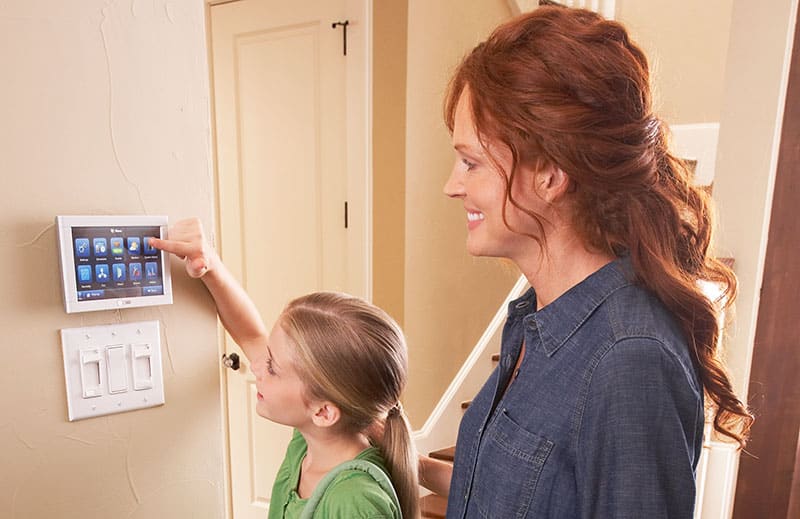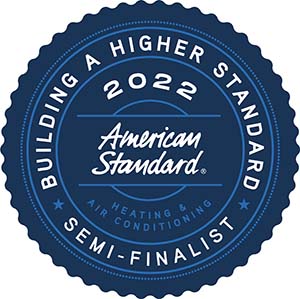Making sure your heater or furnace works well when you need it most involves keeping your eye out for any indicators of impending trouble. By staying alerted to potential issues, you may be able to avoid equipment breakdown. However, if the problems you’re experiencing have already reached the level where your heating system has begun malfunctioning, there are a few things you can do to find out why. To ensure that your heating equipment gives you the reliable service it was designed to provide, follow these guidelines for pinpointing and troubleshooting any issues that may occur.
Recognize the Signs of Trouble & Catch Them Early
It’s very important to pay attention to the everyday functioning of your HVAC system. By staying aware of your system’s normal operation, you’ll find it much easier to notice unusual occurrences and thus recognize impending problems. Many furnace repair costs can be easily avoided by catching problems early. Some indicators that a currently functioning furnace could be headed for trouble include the following.
- Drastically reduced system efficiency
- Sudden difficulty keeping your home warm
- Unusually high utility bills
- Strange noises coming from your system
- Elevated level of dust in your home
- System kicking on and off repeatedly, known as short cycling
- Cold air coming from your furnace
- Less air than usual being circulated by your heating system
This is when you need to become hyper-vigilant, taking proactive steps to make sure a potentially serious heating system issue doesn’t go undetected.
Figure Out What May Be Causing a Heating System Malfunction
Each of the above issues can signal potential equipment failure if not addressed — or, at the very least, they can shorten the life of your equipment, impact your comfort and significantly increase the cost of heating your home. Take a look at the furnace troubleshooting tips below. By trying these tactics at the first sign of trouble, you may be able to head off a future equipment breakdown or possibly even correct a minor one before it becomes major.
- Start by checking your air filter and cleaning or changing, as needed.
- Check your thermostat to make sure it’s set properly and that the blower is turned on.
- Make sure a circuit breaker isn’t tripped or a fuse blown.
- Be sure your furnace limit switch is set to “Auto.”
- Make sure the pilot light is lit, or if your furnace has an electronic ignition, switch the power off and on again to reset.
- Check for closed or blocked registers.
- For short cycling, see if your thermostat has an adjustment lever to lengthen its running time and turn it up just one notch to see if it corrects the problem.
- Differentiate between minor noises like rattling that may simply indicate loose screws in equipment panels and noises like grinding sounds that could indicate a more serious issue with the motor itself.
- Get a head start on troubleshooting your next furnace or heating system problem by resolving to get regular maintenance checks and tune-ups on your heating equipment in the future.
If at any time you feel unsure about handling the above technical tasks, don’t hesitate to hand the job over to the professionals. They can help give you the peace of mind that comes from knowing the job will be done right.
When Simple Troubleshooting Isn’t Enough
If the above troubleshooting actions fail to correct the problem or if they indicate an issue that requires professional help call a qualified furnace repair technician without delay. A properly trained and certified HVAC specialist will be able to diagnose and promptly correct the malfunction, letting you get back to enjoying the dependable level of indoor comfort your heater or furnace was designed to provide.




